L. Chandra Kumar v. Union of India, (1995) 1 SCC 400
- ByPravleen Kaur --
- 06 Jan 2025 --
- 0 Comments
L. Chandra Kumar v. Union of India, (1995) 1 SCC 400
- Namit Sharma vs Union Of India, [WRIT PETITION (CIVIL) NO. 210 of 2012]
- State Of West Bengal & Ors vs Commtt.For Protect,Democratic, [CIVIL APPEAL NOS.6249-6250 0F 2001]
- Columbia Sportswear Company vs Director Of I.T Bangalore, [SPECIAL LEAVE PETITION (C) No. 31543 of 2011]
- Union Of India vs R. Gandhi, [CIVIL APPEAL NO.3067 OF 2004]
- I.R.Coelho (Dead) By Lrs vs State Of Tamil Nadu & Ors., [Appeal (civil) 1344-45 of 1976]
- State Of West Bengal & Ors vs Kamal Sengupta & Anr., [CIVIL APPEAL NO. 1694 OF 2006]
- Shalini Shyam Shetty & Anr vs Rajendra Shankar Patil, [CIVIL APPEAL NO.5896 OF 2010]
- Raj Kumar Shivhare vs Asst.Dir.Directorate Of…, [CIVIL APPEAL NO.3221 OF 2010]
- Pawan Pratap Singh & Ors vs Reevan Singh & Ors., [CIVIL APPEAL NO. 9906 OF 2003]
- Amrik Singh Lyallpuri vs Union Of India & Ors., [CIVIL APPEAL NO.5075 OF 2005]
- State Of West Bengal & Ors vs Samar Kumar Sarkar, [CIVIL APPEAL NO. 4350 OF 2009]
- Rama Rao & Ors vs M.G. Maheshwara Rao & Ors., [Appeal (civil) 7474-7477 of 2003]
- Rajeev Kumar & Anr vs Hemraj Singh Chauhan & Ors., [CIVIL APPEAL NO.2653-54 OF 2010]
- Mahmadhusen Abdulrahim Kalota ... vs Union Of India & Ors., [CRIMINAL APPEAL NO. 1113 OF 2005]
- Union Of India vs Namit Sharma, [REVIEW PETITION [C] No.2309 OF 2012]
- A.K.Behera vs Union Of India & Anr., [Writ Petition (Civil) No. 261 of 2007]
INTRODUCTION
There were enormous controversies regarding the constitutionality of Article 323A and 323B as it was felt that the exclusion of the jurisdiction of the High Court in relation to service matters was against the spirit of the Constitution. In numerous cases right from Keshavnanda Bharati’s (Keshavanand Bharti v. State of Kerela[1]) case to Sampat Kumar’s case[2] and beyond the Courts have tried to set this controversy to rest but in the process further creating more controversies. However the matter finally rested in the landmark judgment of L. Chandra Kumar’s case. A thorough discussion of this case goes a long way in clarifying the positions of the Administrative Tribunals vis-a-vis the power of judicial review and the basic structure of the Constitution. Hence a case study of…
Facts of the Case
Pursuant to Article 323-A and 323-B of the Constitution of India the Central Administrative Tribunal, with five Benches, was established on November 1, 1985. However, even before the Tribunal had been established, several writ petitions had been filed in various High Courts as well as the Supreme Court, challenging the constitutional validity of Article 323-A, on the ground that it is contrary to the spirit of the Constitution as it excludes the jurisdiction of the Supreme Court under Article 32 of the Constitution and the High Court under Article 226 of the Constitution. Through an interim order[3] in S. P. Sampat Kumar v. Union of India[4] the Supreme Court, in order to ensure the functioning of the Tribunal along with sound Constitutional principles, directed carrying out of certain measures.
When Sampat Kumar’s case was finally heard, these changes had already been incorporated in the body and text of the Act. The Supreme Court took the view that most of the original grounds of challenge –which included the challenge to the constitutional validity of Article 323-A – did not survive and restricted its focus to testing only the validity of the provisions of the act. In the final decision it was held that though judicial review is the basic feature of the Constitution, the vesting of the power of judicial review in an alternative Institutional Mechanism, after taking it away from the High Court, would not be violative of the basic structure of the Constitution, so long it was ensured that the alternative mechanism was an effective and real substitute for the High Court.
Similar questions were raised subsequently in many cases and one of them was L. Chandra Kumar v. Union of India[5]. In this case after analyzing the relevant Constitutional provisions and the circumstances which led to the decision in Sampat Kumar’s case, the bench reached the conclusion that:- on account of the divergent view expressed by the Supreme Court in a series of cases after Sampat Kumar’s case, the resulting situation warranted a fresh look by a larger Bench over all the issues adjudicated by the Court in Sampat Kumar’s case including the question whether the Tribunal can at all have an Administrative Member on its bench, if it were to have the power of even deciding the constitutional validity of a statute or Article 309 rule as decided in J. B. Chopra v. Union of India[6].The present case under discussion is the very case where the larger bench looked over all the issues adjudicated by the Court in Sampat Kumar’s case.
Issues raised:
Whether the power conferred upon the Parliament by Article 323-A (2) (d) or upon the State Legislature by Article 323-B (3) (d) of the Constitution of India, to totally exclude the jurisdiction of ‘all courts’, except that of the Supreme Court under Article 136 ?
Whether the Tribunals constituted either under Article 323A or under Article 323B of the Constitution, possess the competence to test the constitutional validity of a statutory provision or rule?
Whether the Tribunals, as they are functioning at present, can be said to be the effective substitutes for the High Court in discharging the power of judicial review? If not, what are the changes required to make them conform to their founding objectives?
Judgment
Issue 1 :- Whether the power conferred upon the Parliament by Article 323-A (2) (d) or upon the State Legislature by Article 323-B (3) (d) of the Constitution of India, to totally exclude the jurisdiction of ‘all courts’, except that of the Supreme Court under Article 136, in respect of disputes and complaints referred to in Article 323-A (1) or with regard to all or any of the matters specified in Article 323-B (2), runs contrary to the power of judicial review conferred on the High Court u/as 226/227 and on the Supreme Court u/a 32 of the Constitution of India?
In adjudging this issue the Bench made a study of the provisions of the Administrative Tribunals Act particularly Section 28. It pointed out that although Section 28 was originally enacted in express terms with Article 323A of the Constitution and the only exception was made in respect to the jurisdiction of the Supreme Court under Article 136 but when the final hearing of Sampat Kumar’s case was concluded the provision was already amended to save the jurisdiction of the Supreme Court under Article 32 of the Constitution. It also pointed out that as Sampat Kumar case was specifically related with power of judicial review of the Supreme Court, and as it already had been returned to the court, the court expressed itself satisfied with the position as it had emerged during the pendency of Sampat Kumar case and the court did not ventured to address the larger issue of whether Article 323A (2) also required a similar amendment.
The court also found that the main intention behind the Act was to provide for a self-contained, self-sufficient and exclusive forum of adjudicating all service related matters. But it made it clear that it was intended to perform a substitution role and not a supplemental role.
Next it ventured in examining post-Sampat Kumar cases and found that those cases did not specifically addressed the question regarding the power of the Administrative Tribunals in striking down a statute or provision as unconstitutional. In J. B. Chopra’s case[7] the Division Bench felt that it would follow as a logical and direct consequence of the judgment in Sampat Kumar’s case. In M. B. Majumdar v. Union of India[8] the bench held that Administrative Tribunals can be equated with High courts as regards to its jurisdiction in service matters but not in case of service conditions of the members of the tribunal. In R. K. Jain v. Union of India[9], which coincidently had the same bench as in the discussed case, analyzed the relevant provisions, and cases such as Sampat Kumar, Chopra, Majumdar etc. and found that the Tribunals under Article 323A cannot be substitutes to the High Court as their performance was not satisfactory and also because they leave the litigants with only one remedy under 136 by the way of appeal to the Supreme Court which is costly affair. It suggested that an expert body like the Law Commission of India should study the feasibility of providing an appeal to a two judge Bench of the High Court from a decision of the Tribunals.
The court also took in view the suggestions made by the learned counsels. Mr. Rama Jois and Mr. Shanti Bhushan urged the court to review the judgment in Sampat Kumar’s case and contended that Articles 323A (2) (d) and 323B (3) (d) should be declared unconstitutional to the extent they exclude the jurisdiction of the High Court. Mr. Bhatt, the learned Additional Solicitor General, Mr. P. P. Rao and Mr. K. K. Venugopal on the other hand urged the court to uphold the validity of the said Articles. Mr. A. K. Ganguly cited that the power of judicial review vested on the constitutional Courts cannot be bestowed on newly created quasi-judicial bodies which are susceptible to executive influences. Next it went to discuss the other facet of this issue viz. judicial review and the basic feature of the constitution. After citing various cases like Kesavananda Bharati’s case[10], dissenting view of Chandrachud J. in Indira Nehru Gandhi v. Raj Narain[11], Minority judgment of Bhagwati J. in Minerava Mills v. Union of India[12] and the view, or rather a revised view, of Chandrachud CJ. In Fertilizer Corporation Kamgar Union v. Union of India[13], the Court came to the conclusion that judicial review is indeed a basic feature of the Constitution.
Also the court relied on the view of Dr. B. R. Ambedkar, the Chairman of the Drafting Committee of the Constitution of India regarding Article 25 (corresponding to the present Article 32 of the Constitution) where he said that this Article is the very soul of the Constitution.
Issue 2 :- Whether the Tribunals constituted either under Article 323A or under Article 323B of the Constitution, possess the competence to test the constitutional validity of a statutory provision or rule?
In this regard the court cited took help from the American practice regarding judicial review. The court also found that the definition of judicial review in America and in India are similar and therefore went on to review the position of judicial review in America and for this relied on the view of Henry J. Abraham(Henry J. Abraham, The Judicial Process[14], an acclaimed American Constitutional Law scholar. It found that theoretically every Court in America, no matter how high or low, had the power of judicial review although it is seldom used. That is there is no blanket prohibition on the conferment of judicial power upon Courts other than the U. S. Supreme Court.
The court also agreed that if the power of judicial review under Article 32 of the Constitution, which has been described as the heart and soul of the Constitution, can be additionally conferred on any other court, there is no reason why the same cannot be done in case of the power conferred upon the High Court under Article 226 of the Constitution. However it is must that the jurisdiction of the High Court under Articles 226/227 and of the Supreme Court under Article 32 is retained and the Tribunals function as a supplementary body.
In giving the reason of this view the learned Court pointed out the following points:
In view of the unprecedented increase of litigation it is necessary to provide Tribunals with supplementary power of judicial review. In this regard the decision in Sampat Kumar’s case was correct as it adopted the theory of alternative institutional mechanism in such a backdrop of serious backlog of cases in the High Court.
It is very necessary for clearing the backlog of pending cases which has assumed a colossal proportion.
Although the Tribunals have not performed upto the expectations it would not be satisfactory to attribute these problems to the very basic principles of its establishment and hold them as unsound. The reasons for the establishment of the Tribunals still persist and have become more pronounced in the recent times.
However it held that the jurisdiction of the Tribunals would be subject to the review of the High Court under Articles 226/227. This would serve two purposes; one it will ensure that frivolous claims would be filtered out through the process of adjudication in the Tribunal and two, the High Court will not lose its power of judicial review. Thus the Supreme Court held that the Tribunals constituted either under Article 323A or under Article 323B of the Constitution, possess the competence to test the constitutional validity of a statutory provision or rule subject to the review by the High Court.
Issue 3 :- Whether the Tribunals, as they are functioning at present, can be said to be the effective substitutes for the High Court in discharging the power of judicial review? If not, what are the changes required to make them conform to their founding objectives?
The Court throughout the judgment pointed out that the Tribunals are not substitutes of the High Court but are supplementary. Moreover it suggested the following changes:
They will function as a supplementary body and all such decisions of the Tribunals will be subject to the scrutiny before a Division Bench of the respective High Courts.
The contention that appointment of Administrative members to Administrative tribunals should be stopped cannot be accepted as a judicious mix of judicial members and those with grass-root experience would be better suited for the purpose of speedy and efficient discharge of justice.
To remove the inefficiency of the Tribunals the tribunals should be made subject to the supervisory jurisdiction of the High Court.
The Ministry may appoint an independent supervisory body to oversee the working of the tribunals.
Ratio Decendi
Power of judicial review over legislative action vested in the High Courts and the Supreme Court under Articles 226 and 32 respectively is the basic structure of the Constitution.
Power of judicial superintendence over decisions of all courts and Tribunals within their jurisdiction is the basic structure of the Constitution
Judicial review of legislative action in exercise of power by subordinate judiciary or Tribunals created under ordinary legislation cannot be to the exclusion of the High Courts and the Supreme Court. However they can perform supplemental – as opposed to substitutional – role in this respect.
Tribunals constituted under Articles 323A and 323B have the power to test vires of subordinate legislation except vires of their parent statutes. All its decisions would be subject to scrutiny before Division Bench of their respective High Courts under Articles 226/227. No appeal would lie directly to the Supreme Court under Article 136. The said direction would operative prospectively.
Appointment of Administrative members need not be stopped.
Till a wholly independent body is set for the purpose of overseeing the working of the Tribunals, all such Tribunals will be under single nodal ministry whose members would be appropriately be a Ministry of Law.
Decision
All the matters are to be listed before a Division Bench to enable them to be decided upon their individual facts in the light of the observations contained in the judgment.
Chandra Kumar v. Union of India, (1995) 1 SCC 400 : AIR 1995 SC 1151:
Important Note: The List of Leading Cases mentions case reported vide (1995) 1 SCC 400 against L. Chandra Kumar v. Union of India wherein, in fact, in this case the matter was only referred by a 3-Judge Bench to a larger Bench of the Supreme Court. In fact, the case decided by a 7-Judge Bench of the Supreme Court in L. Chandra Kumar v. Union of India has been reported as (1997) 3 SCC 261. Therefore, it appears that by mistake, the Supreme Court has included 3-judge bench decision in the case of L. Chandra Kumar v. Union of India, (1995) 1 SCC 400 : AIR 1995 SC 1151 as a leading case, instead of including the 7-judge decision in the case of L. Chandra Kumar v. Union of India, (1997) 3 SCC 261. Accordingly, I have covered both these cases in this note. However, please remember that the “Leading Cases” paper of the AOR Examination refers only to the first case out of these two.
(A) L. Chandra Kumar v. Union of India, (1995) 1 SCC 400 : AIR 1995 SC 1151:
In L. Chandra Kumar v. Union of India, (1995) 1 SCC 400 : AIR 1995 SC 1151, a 3-Judge Bench of the Supreme Court referred the matter to a larger Bench on the issues relating to:
Validity of Section 5(6) of the Administrative Tribunals Act, 1985, whereby a Single Member Bench of an Administrative Tribunal (such as CAT) was empowered to exercise powers of the Tribunal.
Whether the power of judicial review need not always be exercised by regular courts and the same can be exercised by an equally efficacious alternative mechanism (such as an Administrative Tribunal), as held by a 5-Judge Constitution Bench in the case of P. Sampath Kumar v. Union of India, (1987) 1 SCC 124.
Whether the Administrative Tribunals (such as CAT) established under the Administrative Tribunals Act, 1985, were equal in status to the High Courts, as held in the aforesaid case of P. Sampath Kumar v. Union of India, (1987) 1 SCC 124. It is pertinent to mention that in the said S.P. Sampath Kumar case, the Supreme Court had upheld the validity of Section 28 of the Administrative Tribunals Act, 1985, under which the jurisdiction of all courts except that of the Supreme Court under Article 136 with respect to matters falling within the jurisdiction of the tribunals concerned, was excluded.
A larger Bench of 7-Judges considered these issues, which is reported as L. Chandra Kumar v. Union of India, (1997) 3 SCC 261 : AIR 1997 SC 1125, which is discussed below.
(B) L. Chandra Kumar v. Union of India, (1997) 3 SCC 261 : AIR 1997 SC 1125:
Certain Tribunals had been set up under the provisions of Articles 323A and 323B of the Constitution. A 7-Judge Bench of the Supreme Court considered the following issues in this case of L. Chandra Kumar v. Union of India, (1997) 3 SCC 261 : AIR 1997 SC 1125:
Whether the power conferred upon Parliament or the State Legislatures, as the case may be, by sub-clause (d) of clause (2) of Article 323 A or by sub-clause (d) of clause (3) of Article 323B of the Constitution, to totally exclude the jurisdiction of ‘all courts’, except that of the Supreme Court under Article 136, in respect of disputes and complaints referred to in clause (1) of Article 323A or with regard to all or any of the matters specified in clause (2) of Article 323B, runs counter to the power of judicial review conferred on the High Courts under Articles 226/227 and on the Supreme Court under Article 32 of the Constitution?
Whether the Tribunals, constituted either under Article 323A or under Article 323B of the Constitution, possess the competence to test the constitutional validity of a statutory provision/rule?
Whether these Tribunals, as they are functioning at present, can be said to be effective substitutes for the High Courts in discharging the power of judicial review? If not, what are the changes required to make them conform to their founding objectives?
The 7-judge bench of the Supreme Court held as under [in L. Chandra Kumar v. Union of India, (1997) 3 SCC 261 : AIR 1997 SC 1125]:
The power of judicial review over legislative action vested in the High Court under Article 226 and in Supreme Court under Article 32 is an integral and essential feature of the Constitution, constituting part of its basic structure. Ordinarily, therefore, the power of High Courts and the Supreme Court to test the constitutional validity of legislations can never be ousted or excluded.
The power vested in the High Courts to exercise judicial superintendence over the decisions of all Courts and Tribunals within their respective jurisdictions is also part of the basic structure of the Constitution.
Clause 2(d) of Article 323A of the Constitution, and Clause 3 (d) of Article 323B, to the extent they exclude the jurisdiction of the High Courts and the Supreme Court under Articles 226/227 and 32 of the Constitution, respectively, are unconstitutional. Section 28 of the Administrative Tribunals Act, 1985, and the “exclusion of jurisdiction” clauses in all other legislations enacted under the aegis of Article 323A and 323B would, to the same extent, be unconstitutional.
The Tribunals are competent to hear matters where the vires of statutory provisions are questioned. However, in discharging this duty, they cannot act as substitutes for the High Courts and the Supreme Court which have, under our constitutional set up, been specifically entrusted with such an obligation. Their function in this respect is only supplementary and all such decisions of the Tribunals will be subject to scrutiny before a Division Bench of the respective High Courts. The Tribunals will consequently also have the power to test the vires of subordinate legislations and rules. However, the Tribunals shall not entertain any question regarding the vires of their own parent statutes.
The Tribunals, will continue to act as the only Courts of first instance in respect of the areas of law for which they have been constituted. By this, it is meant that it will not be open for litigants to directly approach the High Courts even in cases where they question the vires of statutory legislations (except, as mentioned, where the legislation which creates the particular Tribunal is challenged) by overlooking the jurisdiction of the concerned Tribunal.
All decisions of the Tribunals would be subject to scrutiny before Division Bench of their respective High Courts under Arts. 226/227. No appeal would lie directly to Supreme Court under Article 136 from the decision of the Tribunals. However, the directions in respect of making the decisions of Tribunals amenable to scrutiny before the respective High Courts will come into effect only prospectively.
The appointment of Administrative Members to Administrative Tribunals need not be stopped.
Where a question involving interpretation of a statutory provision or rule in relation to the Constitution comes up for consideration before an Administrative Tribunal, Proviso to Section 5(6) of the Administrative Tribunals Act, 1985, will automatically apply and Chairman or Member concerned shall refer the matter to a Bench consisting of at least two Members, one of whom must be a Judicial Member. So construed, S. 5(6) is no longer be susceptible to charges of unconstitutionality.

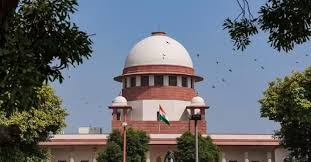




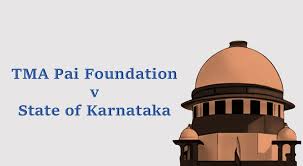

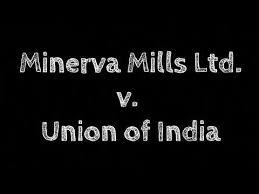
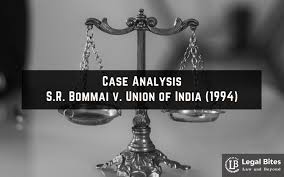







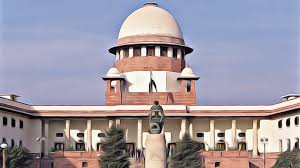

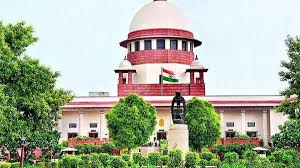









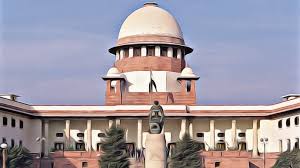




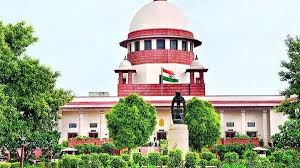




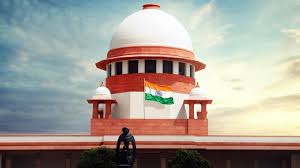



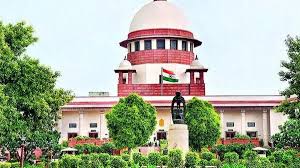

















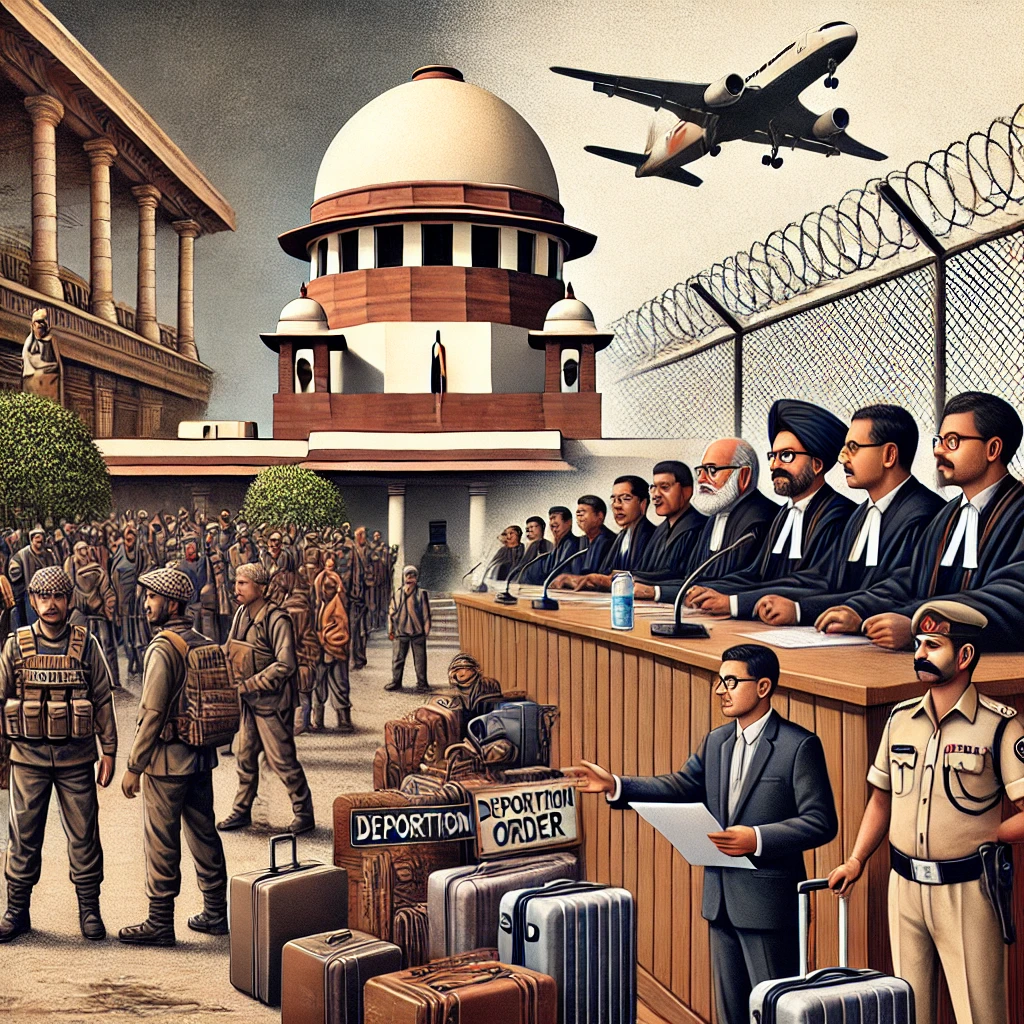
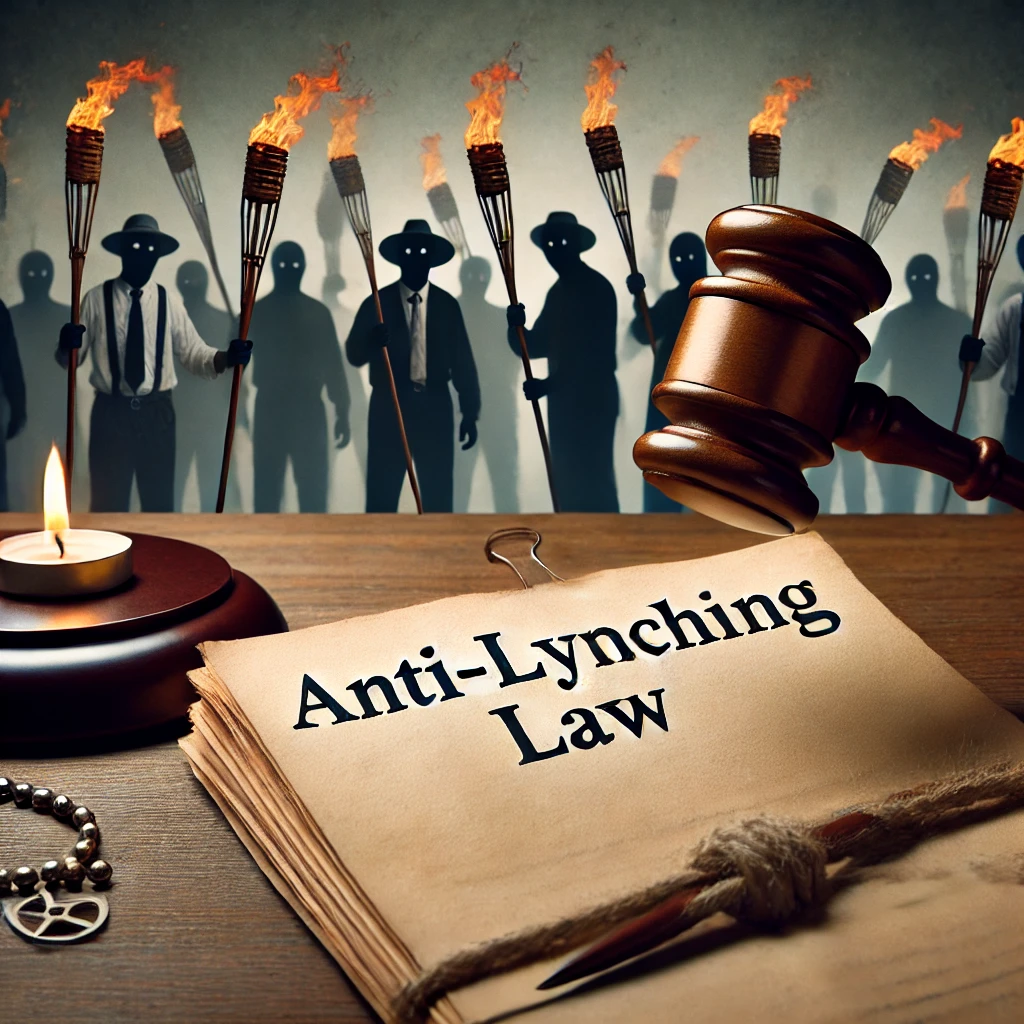
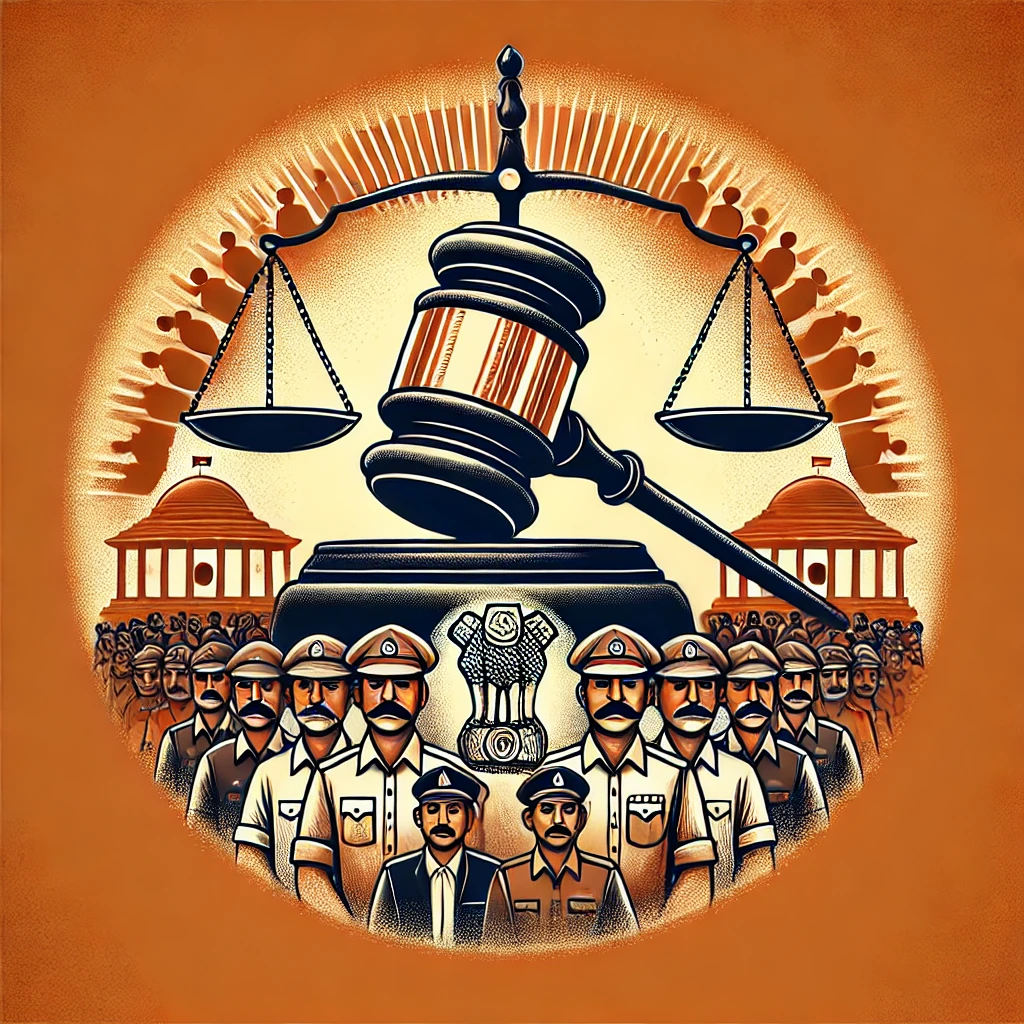


















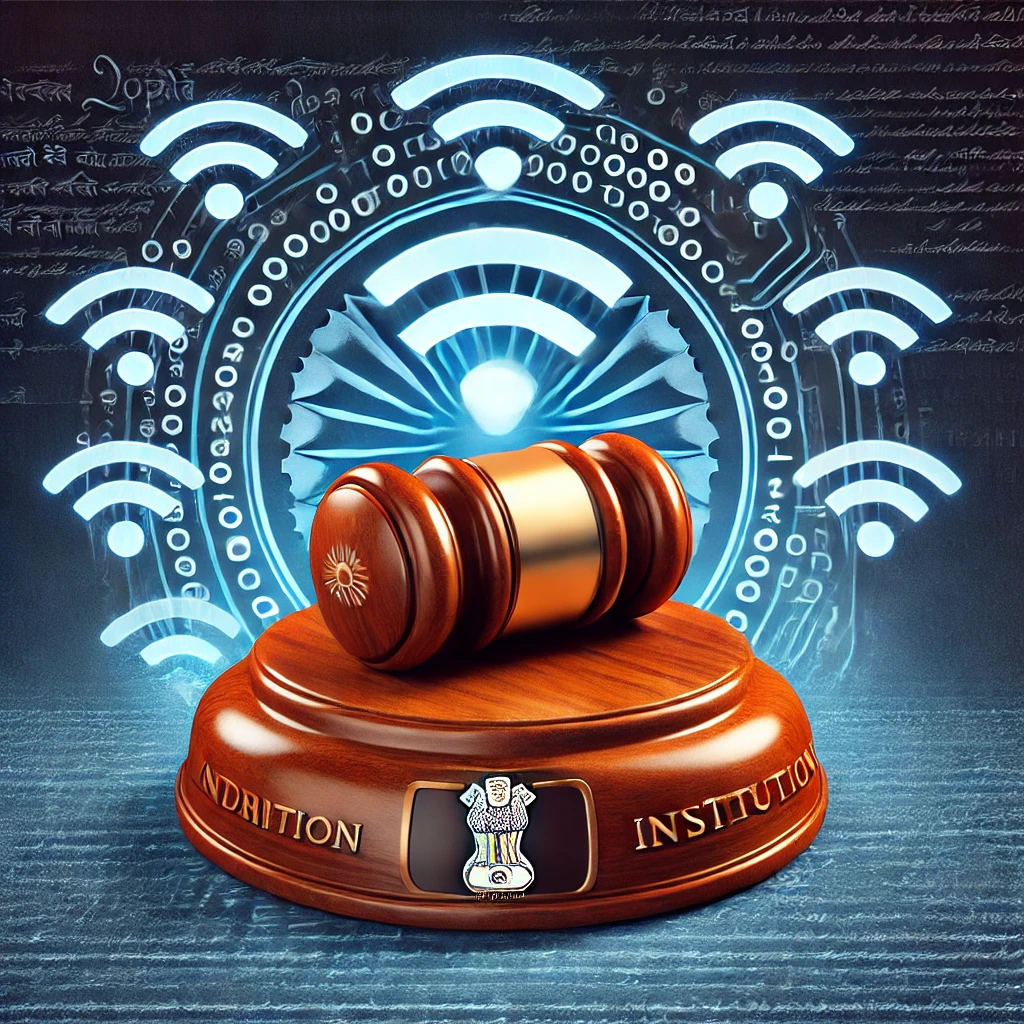




















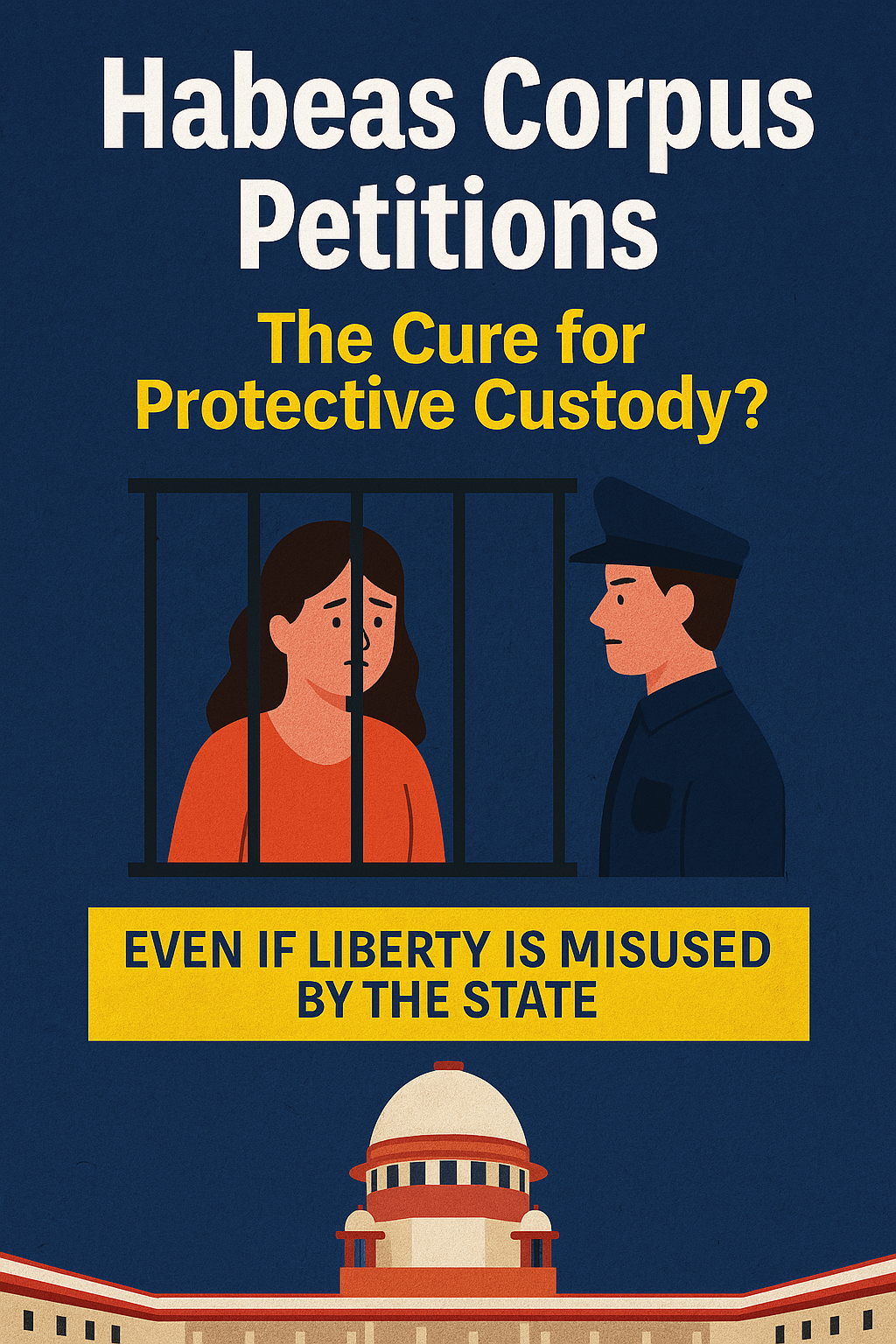




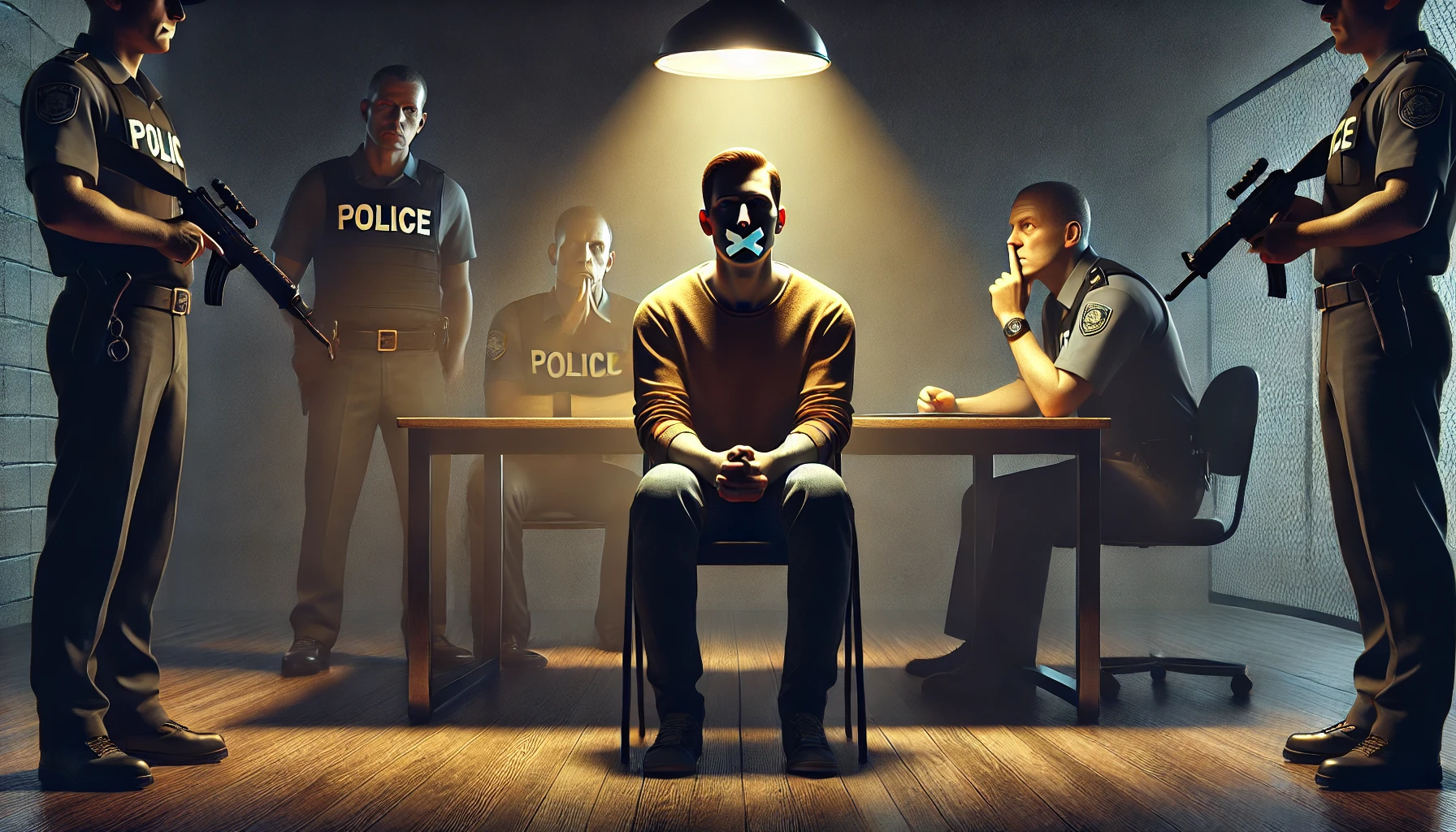








































































































































































































































































































0 comments